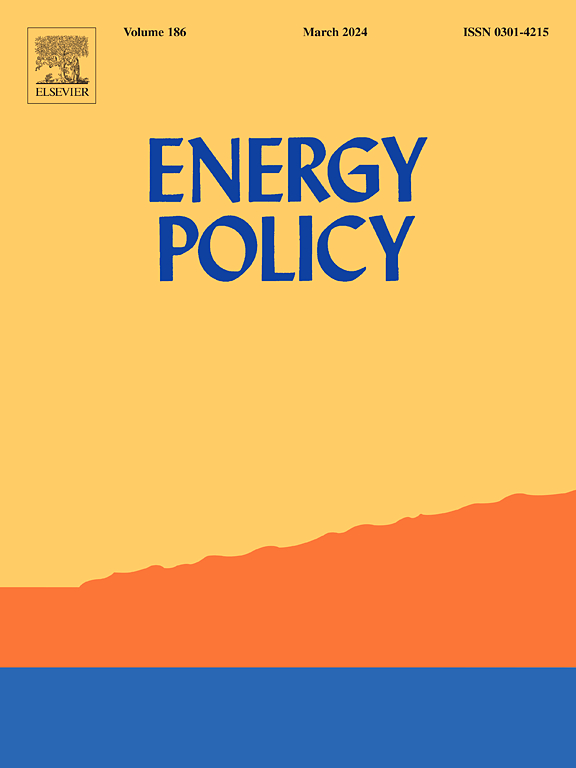是什么促使消费者更换零售商?来自阿尔伯塔电力市场的证据
IF 9.3
2区 经济学
Q1 ECONOMICS
引用次数: 0
摘要
本研究考察了艾伯塔省零售电力市场的消费者转换行为,重点关注利率波动、收入、教育程度和年龄对搜索率和产品溢价的影响。该分析揭示了显著的消费者惯性,即使有竞争对手提供更低的利率,许多客户仍保持违约率。研究发现,较高的电价会显著增加搜索活动和切换率。与预期相反,生活在高收入和高等教育地区的消费者往往选择成本效益较低的选择,通常选择更昂贵的违约利率,称为监管利率选项(RRO)。生活在低收入地区的消费者,尽管被认为对价格更敏感,但也表现出对RRO的偏好,这表明潜在的市场误判。研究结果强调了消费者信息对于促进更具竞争力和效率的市场的重要性,因为许多消费者似乎做出了非成本最小化或次优转换决策,特别是在利率快速上涨期间。本文章由计算机程序翻译,如有差异,请以英文原文为准。
What drives consumers to switch retailers? Evidence from the Alberta electricity market
This study examines consumer switching behaviour in Alberta’s retail electricity market, focusing on the impact of rate volatility, income, education, and age on search rates and product premia. The analysis reveals significant consumer inertia, with many customers remaining on default rate even when competitive alternatives offer lower rates. Higher electricity rates were found to significantly increase search activity and switching rates. Contrary to expectations, consumers living in higher-income and higher-educated areas more often made less cost-effective choices, often opting for the more expensive default rate, called the Regulated Rate Option (RRO). Consumers living in lower-income areas, despite being presumptively more price-sensitive, also showed a preference for the RRO, indicating potential market misjudgment. The findings highlight the importance of consumer information to foster a more competitive and efficient market, as many consumers appear to make non-cost-minimizing or suboptimal switching decisions, particularly during periods of rapid rate increases.
求助全文
通过发布文献求助,成功后即可免费获取论文全文。
去求助
来源期刊

Energy Policy
管理科学-环境科学
CiteScore
17.30
自引率
5.60%
发文量
540
审稿时长
7.9 months
期刊介绍:
Energy policy is the manner in which a given entity (often governmental) has decided to address issues of energy development including energy conversion, distribution and use as well as reduction of greenhouse gas emissions in order to contribute to climate change mitigation. The attributes of energy policy may include legislation, international treaties, incentives to investment, guidelines for energy conservation, taxation and other public policy techniques.
Energy policy is closely related to climate change policy because totalled worldwide the energy sector emits more greenhouse gas than other sectors.
 求助内容:
求助内容: 应助结果提醒方式:
应助结果提醒方式:


